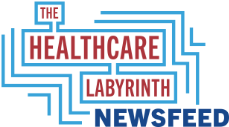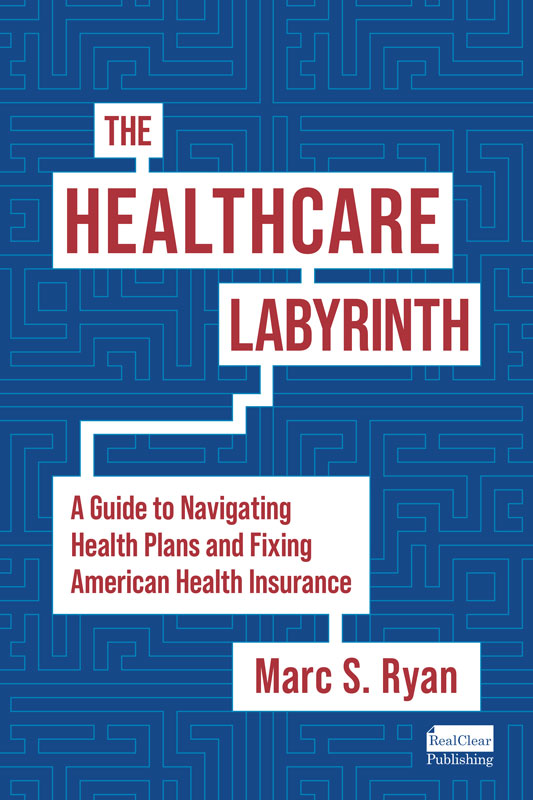C-SNPs Could Impact Dual Integration
While Medicare Advantage (MA) Dual Eligible Special Needs Plans (D-SNP) membership is growing rapidly, a new Health Affairs Forefront blog calls out that growth in Chronic Care SNPs (C-SNP) could actually create barriers to greater integration of Medicare and Medicaid.
The authors note the huge growth in C-SNP enrollment over the past few years. C-SNP product offerings have grown from 303 in 2024 to 372 in 2025. The total number of Medicare beneficiaries enrolled in C-SNPs has increased from 629,560 to 1,069,660 in that timeframe. In 2016, there were only 137 C-SNPs with 315,200 beneficiaries.
The authors note that in 2025 there are now 125,638 full-benefit dual eligible individuals and 86,815 partial dual eligibles in C-SNPs. About 28% of the full-benefit dual eligible beneficiaries were previously enrolled in a plan that offered some form of integration in the prior year.
The authors propose a few reforms to ensure dual integration is not scuttled, including applying the SNP “look-alike” regulation to C-SNPs as well. By 2026, this would potentially translate to terminations of about 15% of the C-SNPs with at least 100 enrollees.
I understand the point being made, but I do not see these trends as fundamentally impacting the ultimate progress toward integration of the two public healthcare programs. I would stand more for choice for beneficiaries. Some are attracted to benefits to address their chronic conditions, while others are attracted to plans that truly integrate care between Medicare and Medicaid.
#medicareadvantage #snps #dualeligbles
Counterpoint To Phantom Enrollees
In the spirit of open dialogue on whether Exchange premium subsidy enhancements went too far, Health Affairs Forefront had a counterpoint blog to accusations that enrollees were fraudulently enrolled when premium subsidies were enhanced during the COVID pandemic. Democrats want the subsidy enhancements to be extended and not expire at the end of the year. Conservatives, including the Paragon Health Institute, have argued that millions of Americans were fraudulently enrolled when it became so easy to enroll and premium obligations were little to nothing. They cite as proof the fact that those without any claims in a given year surged.
The authors in Health Affairs Forefront argue that patterns of non-utilization are not unique to the marketplace setting, especially with employer coverage. They also say that many enrollees in the Exchanges may have shorter coverage periods and that may be especially the case for some of the lower tier benefit packages. They say this causes patterns of non-utilizaion. The authors use California data to come to the conclusion that CA’s non-utilization rates were 26% in 2023, which comes somewhat close to the nationwide non-utilization rate disclosed recently by federal authorities. Further, non-utilization dropped in CA the longer the tenure of enrollees. Lastly, the authors said they did not find the same phenomenon of rising non-utilization as the national statistics did when premium subsidies were enhanced.
Notwithstanding all this, I have taken the position that what Paragon and the Centers for Medicare and Medicaid Services (CMS) found certainly gives cause for concern. Simply put, it is compelling. I do not think a CA case study compared to national statistics holds a lot of water. Further, it is hard to get past the fact that the percentage of individual market enrollees with no claims jumped from fewer than 20% before the enhancements to 35% in 2024 with them. The CA 26% may actually underscore what Paragon is saying. That CA did not see the rise in non-utilization could be explained by the more liberal healthcare climate in CA as well as the fact that it has a state Exchange. The abuse seems to have occurred in the nationally-run Exchange states.
In the end, the counterpoint was underwhelming for me.
In other news, healthcare policy group KFF finds that small businesses with Affordable Care Act (ACA)-compliant plans could face a median premium increase of 11% for 2026. This is lower than the predicted 18% increase for individual coverage in the Exchanges.
Additional articles: https://www.kff.org/health-costs/how-much-and-why-premiums-are-going-up-for-small-businesses-in-2026/
#exchanges #fwa #ca
Budget Bill Orphan Drug Provision To Cost More
Healthcare policy group KFF has a new briefer on the impact of a budget reconciliation bill provision that allows certain orphan drugs to avoid drug negotiation for a longer period of time. KFF finds that there could be at least $5 billion in additional Medicare spending over time and higher out-of-pocket costs for enrollees. The budget bill modified the orphan drug exclusion to delay eligibility for drug price negotiation for several high-spending drugs. These include a number of cancer drugs and other medications with $17.5 billion in total spending by Medicare and beneficiaries in 2023.
#drugpricing #ira #medicare #partd #pdp #medicareadvantage
— Marc S. Ryan





